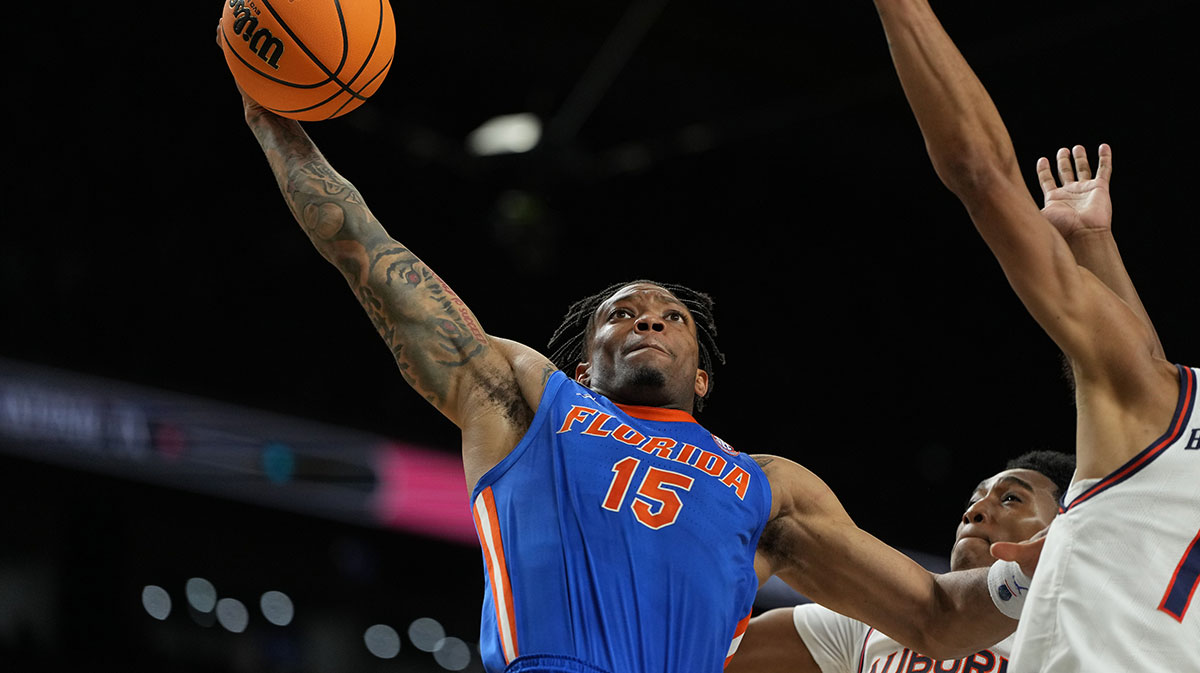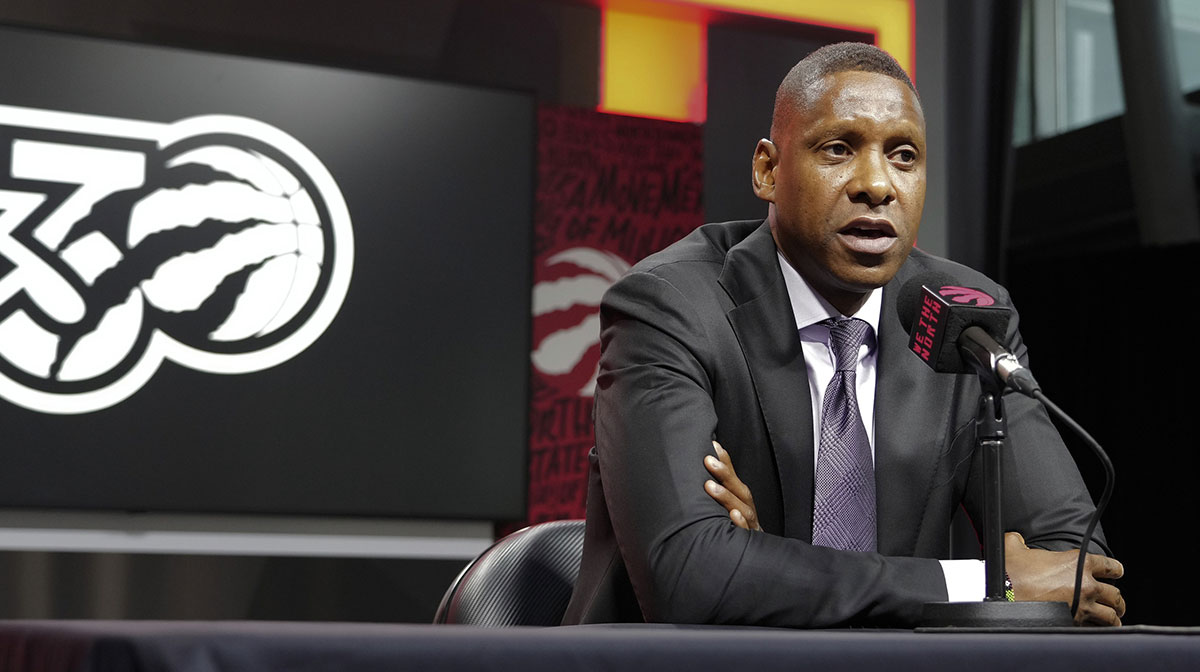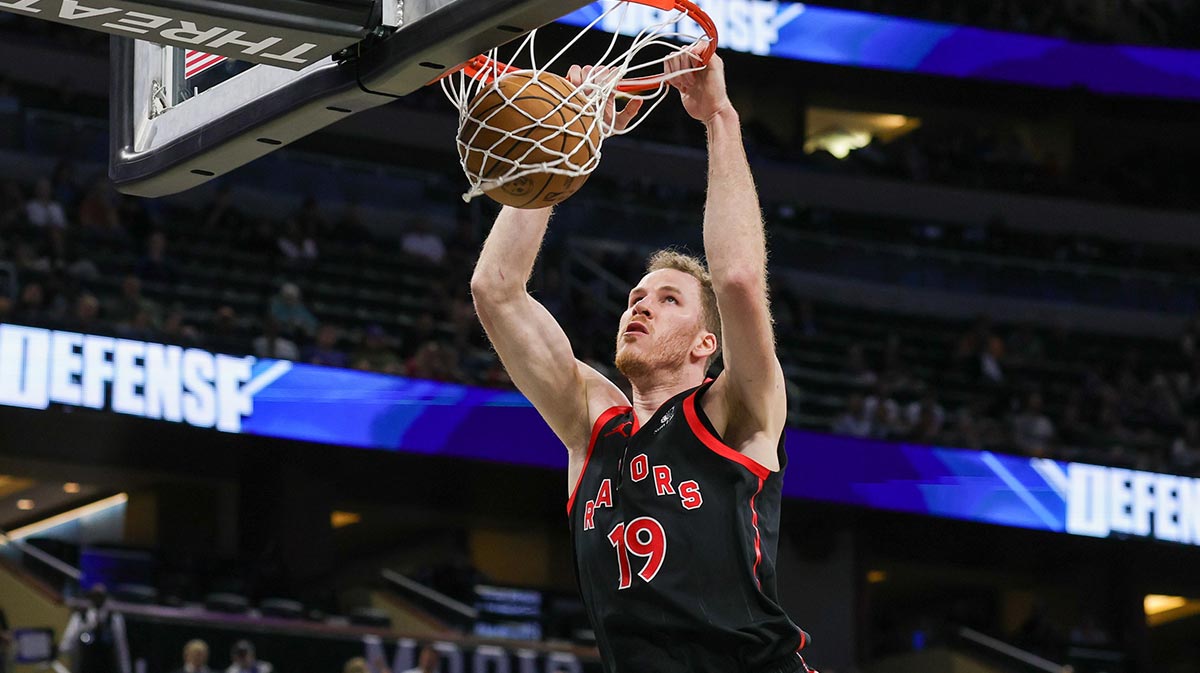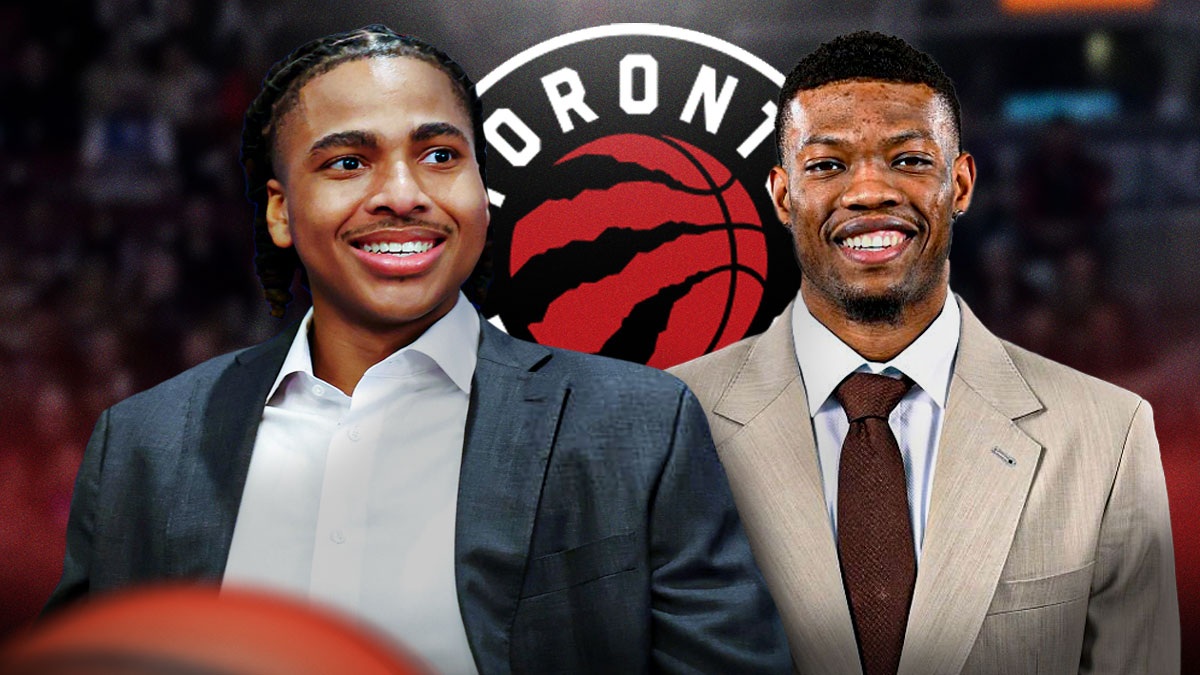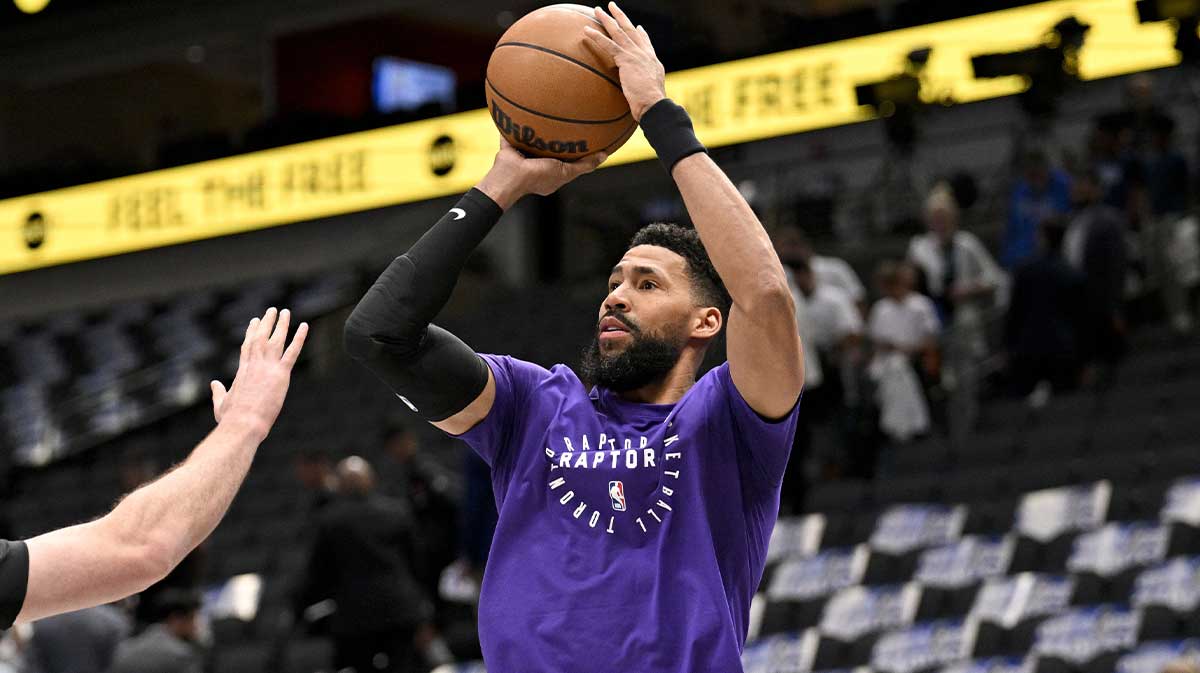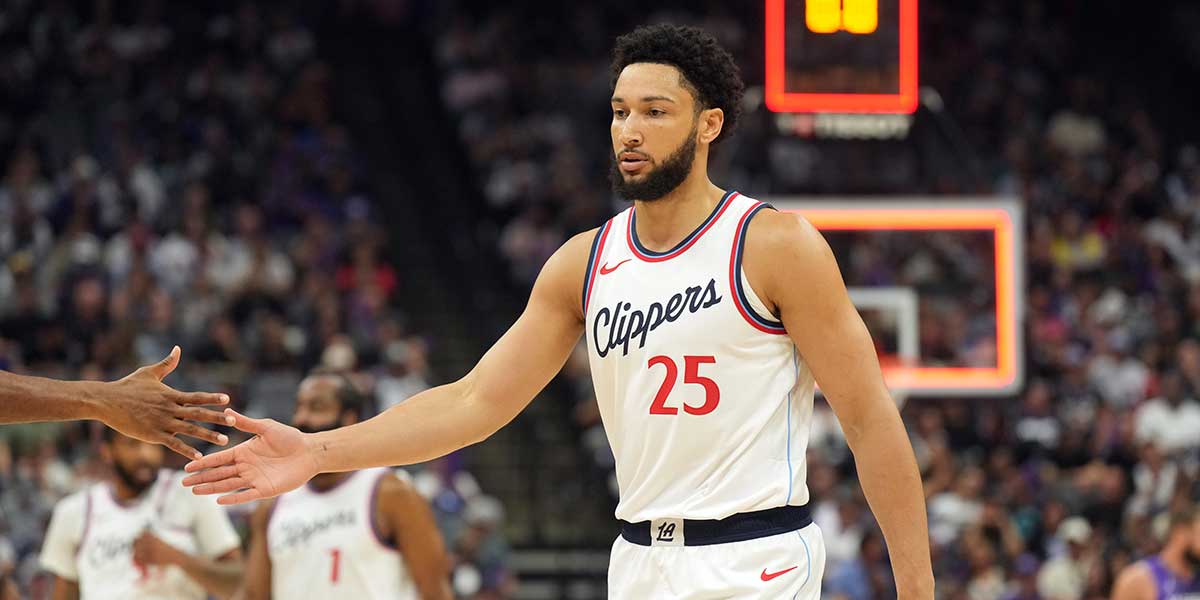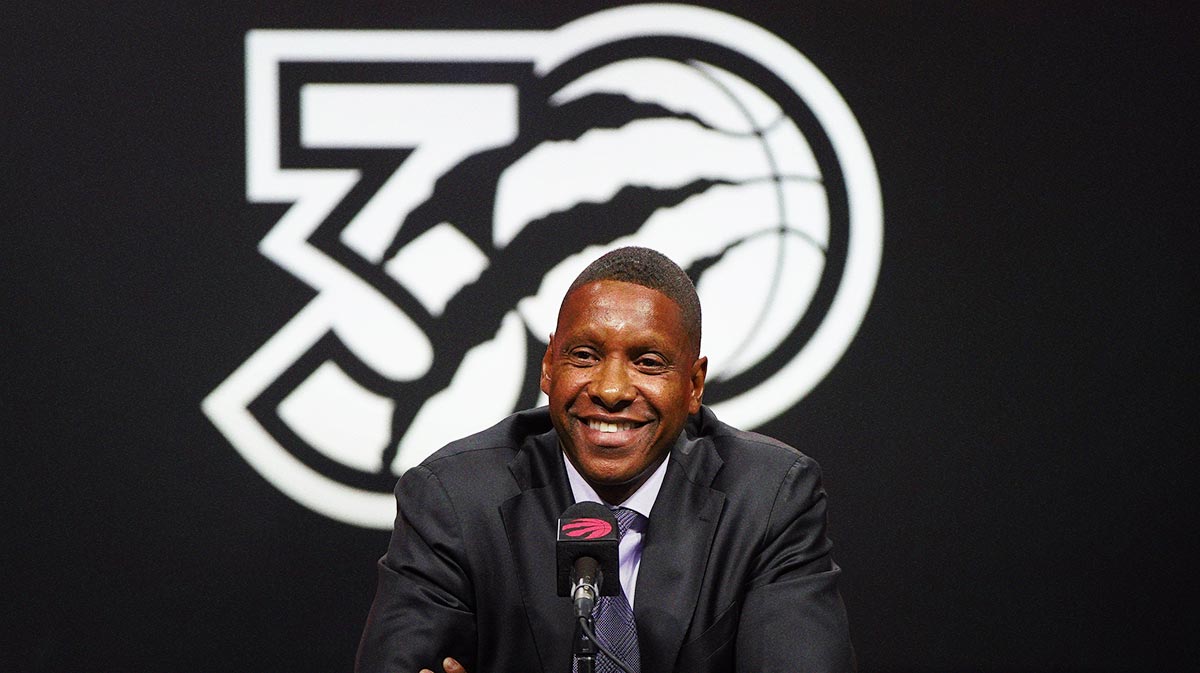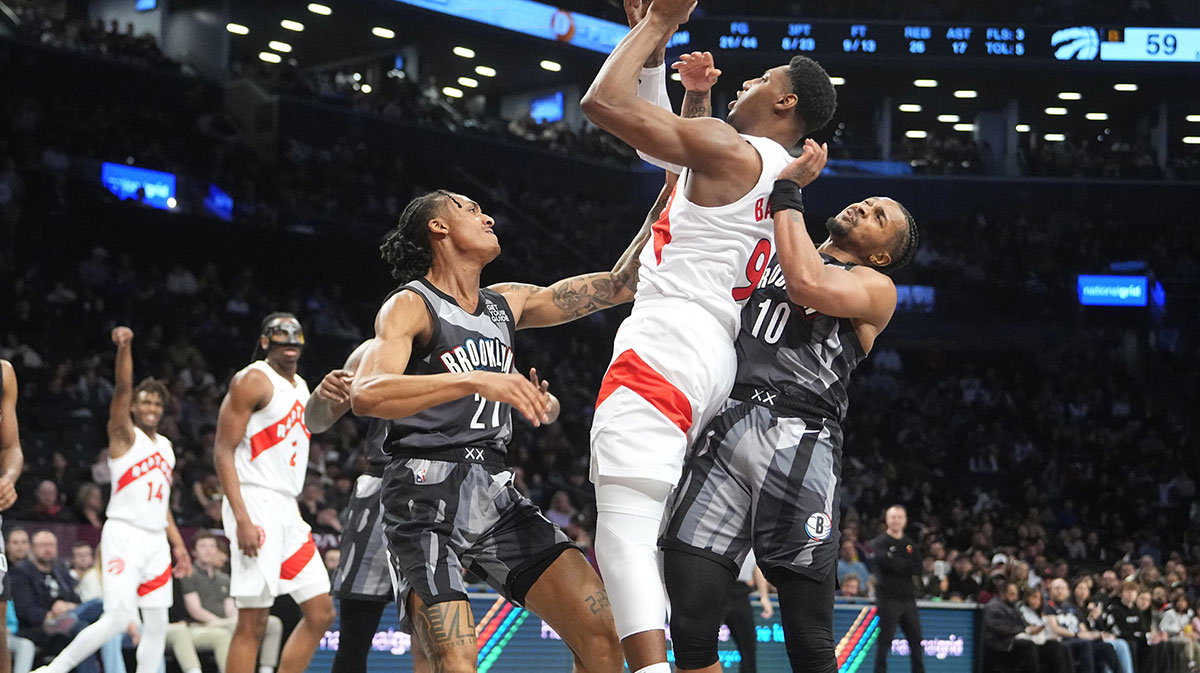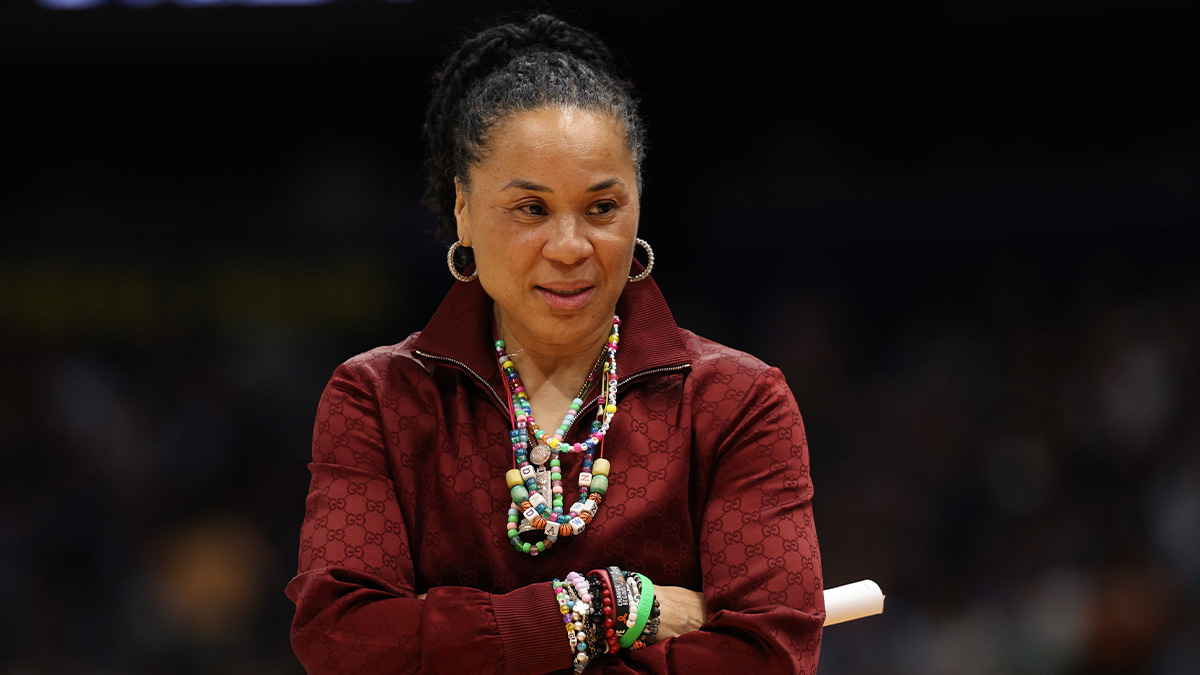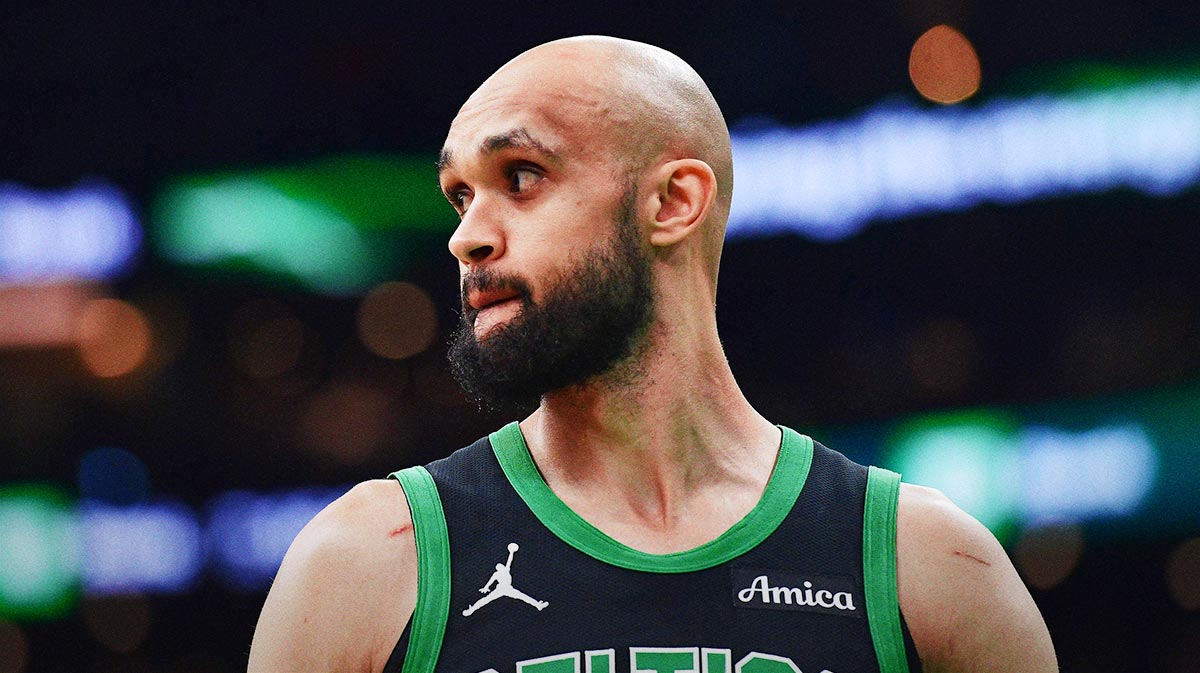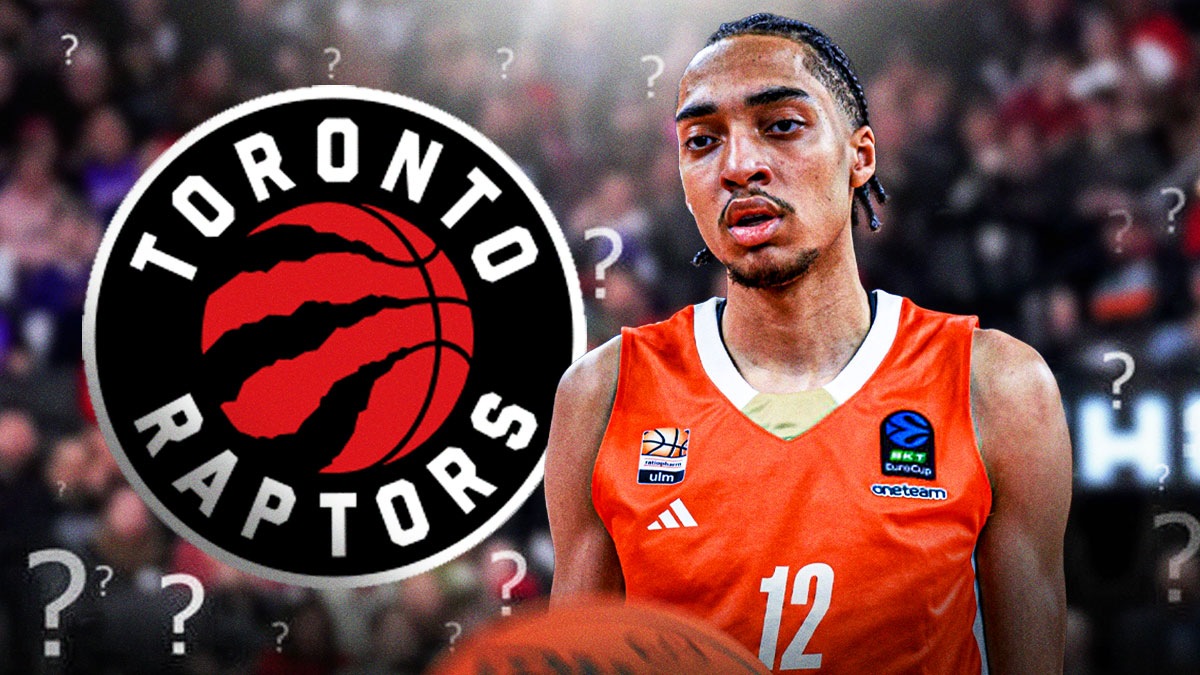After going 2-0 to start the season series against the Indiana Pacers, the Toronto Raptors couldn’t find a way to remain undefeated.
At the end of a long six-game road trip, with multiple rotation players missing from the lineup and more injuries accruing during the contest, Toronto just couldn’t muster a consistently high level of defense despite a couple noteworthy offensive performances.
The Raptors will look to find some relief in starting a home-stand on Sunday against the Boston Celtics, where they’ll enter with a 9-11 overall record and a 2-6 mark at Scotiabank Arena.
“[Now] we go back home and we just gotta get some wins in a row,” Pascal Siakam told reporters post-game. “Just stick to the game plan, play together as a team, forget about what happened today.”
Until then, here are three key takeaways from the night that was:
Raptors' defensive woes continue
The Raptors contain a lot of stalwart individual defensive talent, but have yet to string together a series of games where they look like a cohesive unit on that end of the floor.
This game was no different, with Indiana’s perimeter players penetrating the paint to get the defense moving, its missed shots turning into second-chance points, and Toronto’s over-helping allowing for open corner triples.
“I thought we did a decent job of getting [offensive] stuff, it was more at the other end where they were just outworking us,” head coach Nick Nurse said. “We gave up 17 offensive rebounds, that’s a problem. Just thought, especially the first half, we were just a half-step slow.
“We were either missing the help or over-helping or not being able to get back a half-step. We had some closeouts to players we probably could’ve made a little more under control and they went right back by us and into the paint.”
The Pacers won the battle in the paint 60-48, out-rebounded the Raptors 53-41, and notched 31 assists on 47 made field goals, far exceeding their 23.5 per game average (14th in the league) on the season. They even scored more fast break points (one of Toronto’s areas of focus), 15-9.
“They did a good job of moving the ball,” Siakam said. “Couple times we didn’t get to the shooters fast enough. Just felt like we were a step slower than we usually are and when that happens it’s tough to come back and win games. We had a couple good pushes and stuff but it just wasn’t enough.”
To be fair, the Raptors are dealing with a lot right now. Siakam is still working his way back on that end since recently returning from shoulder surgery, Fred VanVleet is dealing with a groin injury (although he’s hardly been an issue), Yuta Watanabe has only played a single game, Khem Birch is out with right knee swelling, and OG Anunoby has also been sidelined with a left hip pointer.
On top of all that, it was the final game of the lengthiest road trip of the season.
Even so, it was another undeniably poor defensive showing. It can’t continue long-term if the Raptors have playoff hopes, and it likely won’t continue, assuming injuries eventually cease wreaking havoc. And if that doesn’t happen, well, there’s always the lottery.
Bench blues
The Raptors bench has had its ups and downs this season, and this performance certainly falls in the latter category.
Toronto’s second unit only managed to put up 15 total points, a number that Pacers third-year player Kelan Martin matched all on his own. By contrast, Indiana’s pine players dwarfed that number, posting 42 points despite playing two fewer players.
Out of all 30 NBA teams, the Raptors bench ranks dead last in points (25), three-point percentage (28 percent), assists (4.8), and minutes (14.2). Coming into a season where depth was perceived to be a strength, the results thus far have been disappointing.
As with pretty much every other issue the Raptors have, though, getting their full, healthy rotation back would certainly help.
Scottie Barnes, Toronto's future
Scottie Barnes hasn’t fully worked out how to spread his scoring imprint over the totality of a game yet, and that’s okay.
Until then, his points are often coming in bursts, sudden seismic eruptions that occur nearly once every contest. On Friday, for example, there was an offensive lull in the third quarter, and when he realized no one around him could seem to get anything going, Barnes shifted his mentality into a heightened level of aggression and assertiveness, utilizing his strength, size, and length to bully defenders in the paint until he could either toss up a soft shot at the rim or fire a pass to an open teammate.
“[Barnes] was aggressive,” Nurse said. “He kind of came over to me and said, ‘Coach, I think I can get into the front of the rim’ and I was like, ‘Go. Keep going and keep getting big and try to finish them,’ and he did a good job. He got angles on them, he made some shots, he got to the free throw line some, got an and-one one time, so. A pretty good night for him offensively.”
As he continues to adjust to NBA life and this roster in particular, these sorts of happenings aren’t unusual, but what made the performance against the Pacers particularly potent was the mental fortitude that accompanied it. Not only was Barnes taking the reins of the game in full stride, he was doing it after re-aggravating his thumb (which kept him out two games earlier in the year) and receiving a hit on an earlier drive that caused him to hobble as he made his way to the free throw line.
“I feel pretty good,” Barnes said afterwards. “It was just a little stinger [on my thumb], but now I’m fine.”
Not all players, especially on the final night of an extended road trip, would have it in them to summon that level of play as a response to those obstacles, let alone a rookie.
It was just another reason on an ever-growing list to be impressed by Barnes.

